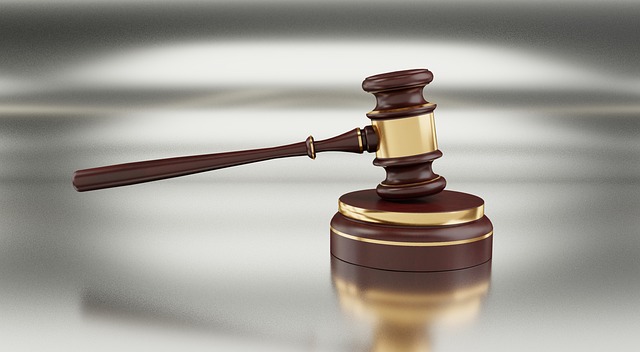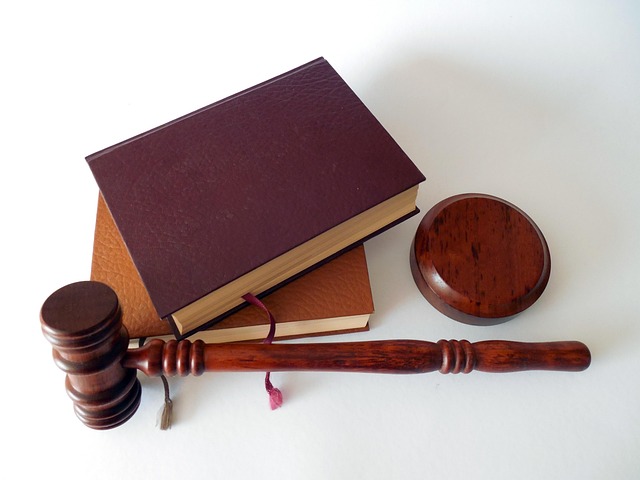Personal injury claims navigate a complex process, from immediate medical attention and documentation to strategic legal maneuvering. Steps include identifying liable parties, gathering evidence (medical records, witness testimony), negotiating settlements, and presenting arguments in court. Expert counsel guides through this intricate journey, aiming for just compensation or dismissal, especially in high-stakes cases like white-collar crime. Effective damage assessment and negotiation are crucial for favorable outcomes in personal injury lawsuits nationwide.
“Healthcare Law Firms: Navigating the Complexities of Personal Injury Claims is an essential guide for understanding the intricate process involved in filing and resolving such lawsuits. From the initial steps of gathering evidence and documentation, to legal arguments in court, this article delves into the key aspects of a personal injury lawsuit. We outline practical ‘steps in a personal injury lawsuit process’ to help you grasp the fundamentals, ensuring informed decisions during this challenging time.”
- Understanding Personal Injury Claims Basics
- Filing a Lawsuit: Initial Steps Involved
- Gathering Evidence and Documentation
- Legal Arguments and Court Proceedings
- Damages & Settlement: Resolving the Suit
Understanding Personal Injury Claims Basics
Personal injury claims are a crucial aspect of healthcare law, especially when patients suffer harm due to medical negligence or accidents. Understanding the basics is essential for both victims and legal professionals. The first step in any personal injury lawsuit is recognizing and documenting the injuries sustained. This involves seeking medical attention promptly to gather evidence-based records, which will be pivotal during the legal process. Victims should keep detailed accounts of their experiences, from initial consultations with healthcare providers to the aftermath of treatment.
The subsequent steps in a personal injury lawsuit include filing a claim, usually within a specified time frame, and engaging in negotiations or litigation. Achieving extraordinary results often hinges on meticulous documentation, expert testimony, and a compelling argument that demonstrates liability and damages. In cases involving white collar and economic crimes, the process may be more complex, requiring a thorough investigation to uncover fraudulent activities and their impact on the victim’s life. Ultimately, the goal is to secure a fair settlement or complete dismissal of all charges, ensuring justice for those injured through no fault of their own.
Filing a Lawsuit: Initial Steps Involved
When considering filing a lawsuit, especially in a complex area like healthcare law, understanding the steps involved is crucial for anyone aiming to achieve extraordinary results. The initial phase of any personal injury lawsuit process requires careful navigation and strategic planning. It begins with identifying the potential causes of action and gathering evidence to support the claim. This critical stage involves reviewing medical records, collecting testimony from witnesses, and documenting all relevant details related to the incident in question.
The next steps include serving legal notices to the respective business or entity involved, giving them an opportunity to respond and defend themselves. This is a key phase where experienced legal counsel plays a vital role in ensuring the case moves forward effectively. The goal is to build a compelling argument while preparing for potential challenges from a winning challenging defense verdict.
Gathering Evidence and Documentation
In any personal injury lawsuit, one of the most crucial aspects is gathering robust evidence and documentation to support the claim. The steps in this process begin with identifying all relevant parties involved and gathering initial information, such as names, contact details, and witness statements. This phase is critical for establishing a solid foundation for the case.
Subsequently, legal professionals need to collect comprehensive medical records, including diagnoses, treatment plans, and prognoses. These documents are essential in quantifying the damages and demonstrating the extent of injuries suffered. Additionally, it’s vital to gather evidence related to economic losses, such as medical bills, lost wages, and property damage, ensuring that clients receive fair compensation for their troubles. Across the country, successful general criminal defense strategies often hinge on meticulous documentation and evidence gathering to avoid indictment.
Legal Arguments and Court Proceedings
Legal Arguments and Court Proceedings play a pivotal role in Healthcare Law Firms, especially during personal injury lawsuits. These complex cases often involve intricate medical facts and legal principles, necessitating robust advocacy. The initial steps in a personal injury lawsuit process include identifying liable parties, gathering evidence such as medical records and expert opinions, and constructing a compelling narrative that outlines the negligence or malpractice committed. This involves meticulous research into relevant laws and precedents to formulate persuasive arguments.
Once litigation begins, attorneys engage in legal debates, presenting their cases before judges and juries. Court proceedings demand strategic planning, effective communication, and robust cross-examination of witnesses. The goal is to ensure that the respective business, philanthropic, and political communities are made aware of the issues at hand, fostering a culture of accountability and safety within healthcare institutions. High-stakes cases require not only legal acumen but also empathy for clients’ experiences, aiming to achieve just compensation while navigating the challenges inherent in complex litigation.
Damages & Settlement: Resolving the Suit
When a personal injury lawsuit reaches the damages and settlement phase, it involves a crucial process to resolve the suit fairly. This stage often begins with both parties negotiating a settlement amount that compensates the victim for their injuries and related expenses. The plaintiff’s lawyer will present a demand, outlining the claimed damages, to the defendant or their insurance representative. Negotiations may occur over several rounds, with offers and counteroffers being made until an agreement is reached or both sides decide to proceed to trial.
The Steps in a Personal Injury Lawsuit Process include this critical phase where the focus shifts from building the case to reaching a mutually agreeable resolution. This approach can be beneficial for all parties involved, as it avoids the time and expense of litigation. Whether dealing with white-collar defense cases or matters involving corporate and individual clients across the country, effective damages negotiation is essential in ensuring a swift and just conclusion to legal disputes.
Navigating a personal injury lawsuit can be complex, but understanding the steps involved—from basics of filing a claim to gathering evidence and ultimately resolving the suit, whether through damages or settlement—is crucial. By familiarizing yourself with each phase, you’re better equipped to advocate for your rights. Remember that while this overview provides a framework, consulting with a qualified healthcare law firm is essential for guidance tailored to your specific situation and ensuring a successful steps in a personal injury lawsuit process.






